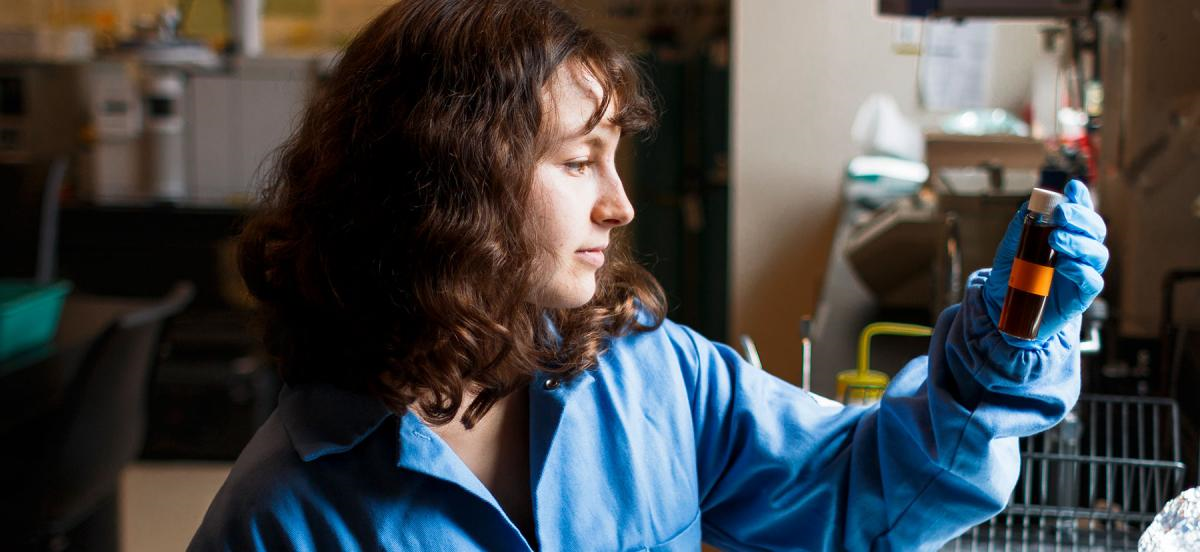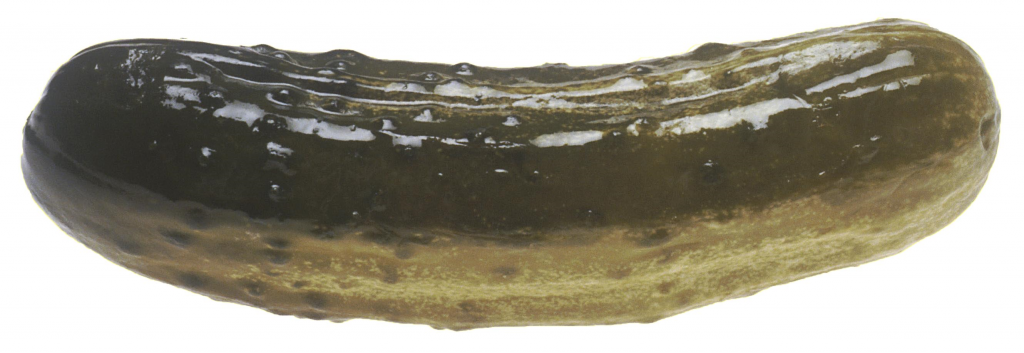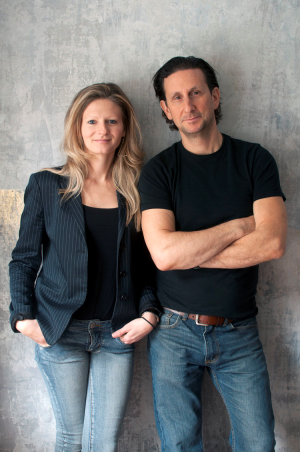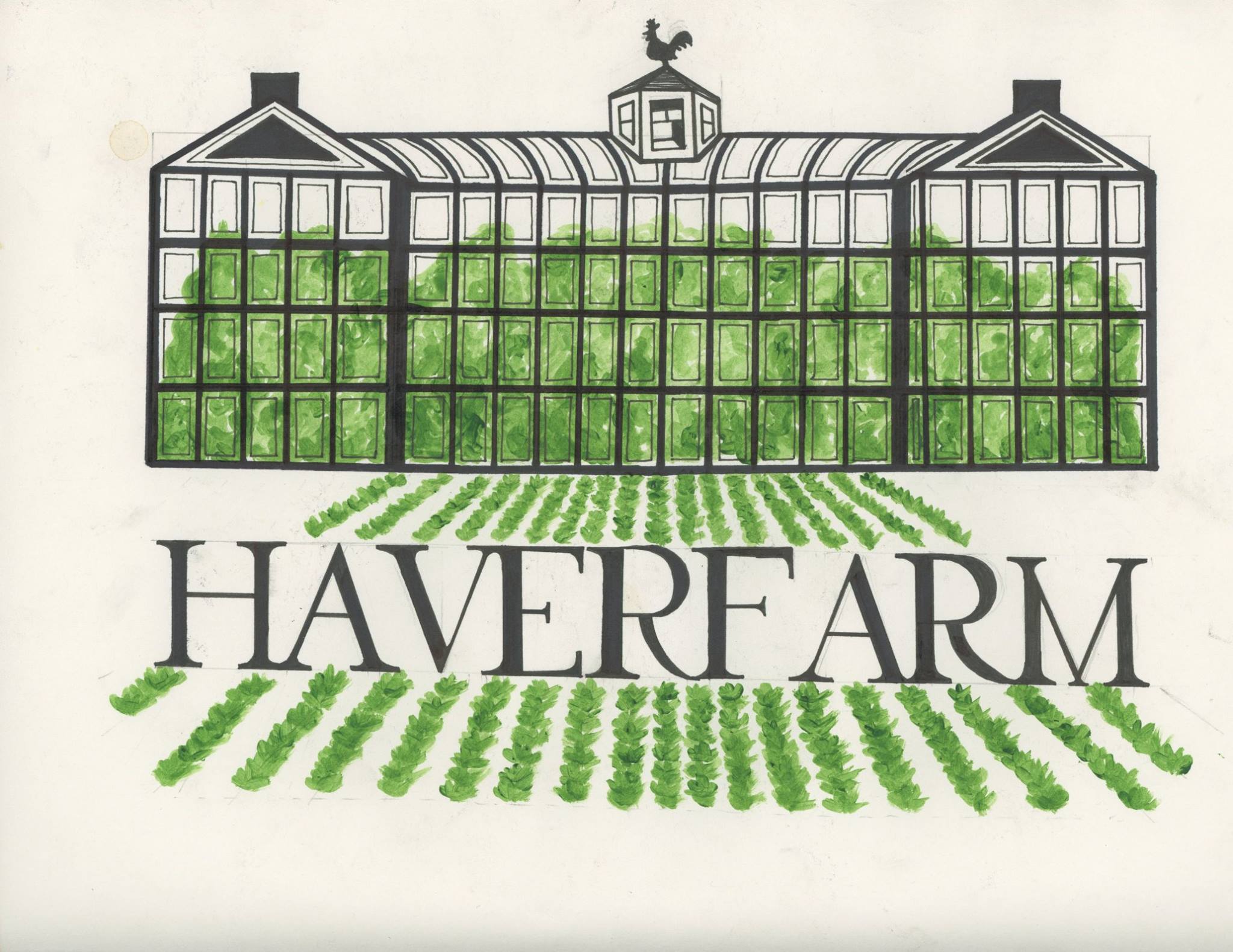Black students at Bryn Mawr discuss their natural hair journeys
By Khari Bowman
In Bryn Mawr’s Erdman dining hall on a Friday night, at least 100 black students sat dispersed at tables eating and chatting with each other during the African-Caribbean week dinner celebration. Interestingly, most of them had their hair in afro puffs, curls, braids, and twists. It was evidence that many of them were a part of the natural hair movement.
Within the last decade, the natural hair movement has reached new heights within the black community. Women are ditching relaxers and opting for healthy black hair products that don’t contain ingredients like silicones and sulfates. According to an article on Mintel, a web-based marketing site, relaxer sales have continued to decline, dropping to 36.6% between 2012 and 2017.
Black women are now using styling products that allow their curly, coily hair to freely flow. They are also embracing the protective styles, like braids and twists, that make it easier to maintain their natural hair. Black college students nationwide are navigating their natural hair journeys away from home through wearing their afros and protective braided styles.

Black Student at Bryn Mawr
Bryn Mawr has students on varying parts of their natural hair journeys, from those who have had natural hair all their life to those who just recently have gone natural within the last few years.
“I’ve always been natural because I grew up in Ethiopia, and it’s a country where everyone is mostly black”, said sophomore student Rihana Oumer, “It’s a very homogenous country so it was normal seeing people wearing their natural hair.”
Oumer admitted to wanting to style her hair into marley twists for her performance in an upcoming culture show hosted by Bryn Mawr’s African and Caribbean Students Organization (BaCaSo).
“It’s just easier to maintain that way and one less thing I have to worry about during that busy time,” she explained.
For another student, Bryn Mawr junior Kameice Francis, braided protective-styles served as a transition into her natural hair journey. Continue reading










 Wandering between beds of produce–carrots sprouting in one bed, spinach in the next—Ellis Maxwell, my tour guide for the afternoon, identified plants as we walked. The spinach under the tarp here was recently planted and would grow quickly. The onions here would grow over the winter and could be harvested in early spring. These rows had already been harvested so the green ground cover was revitalizing the soil.
Wandering between beds of produce–carrots sprouting in one bed, spinach in the next—Ellis Maxwell, my tour guide for the afternoon, identified plants as we walked. The spinach under the tarp here was recently planted and would grow quickly. The onions here would grow over the winter and could be harvested in early spring. These rows had already been harvested so the green ground cover was revitalizing the soil.